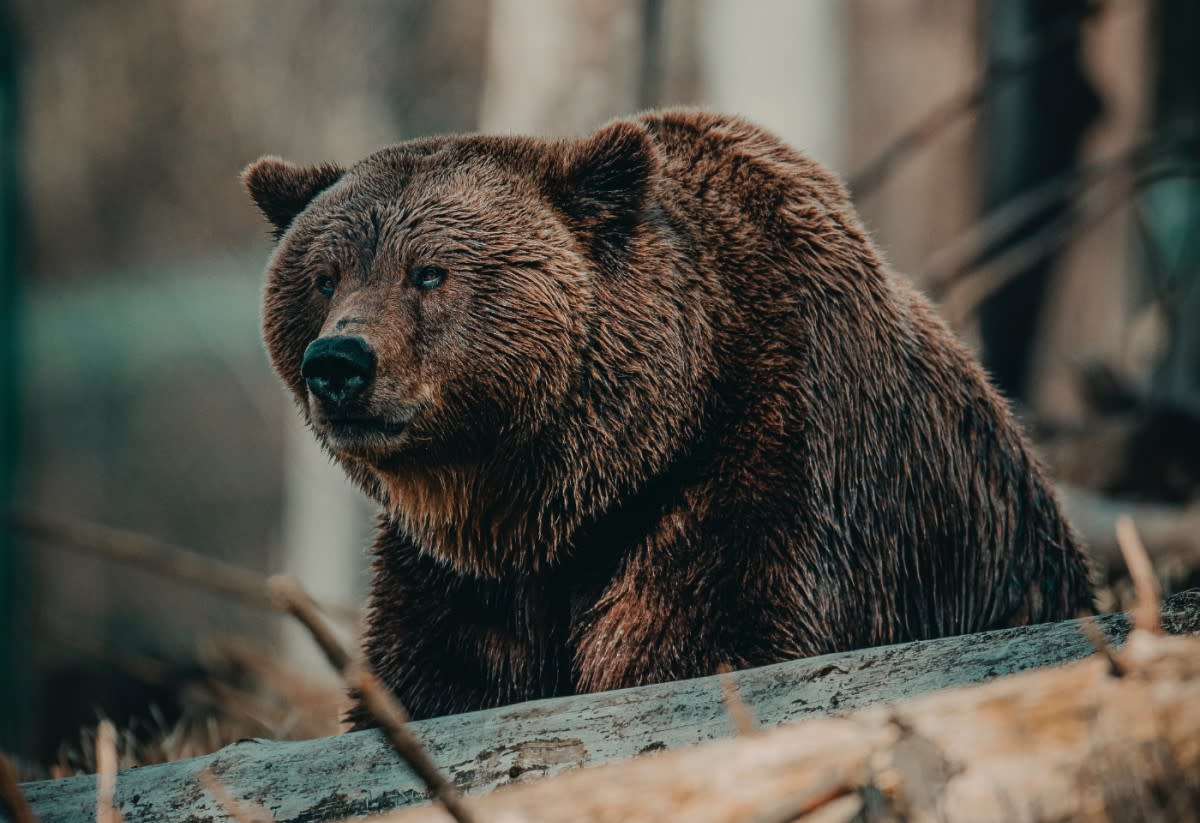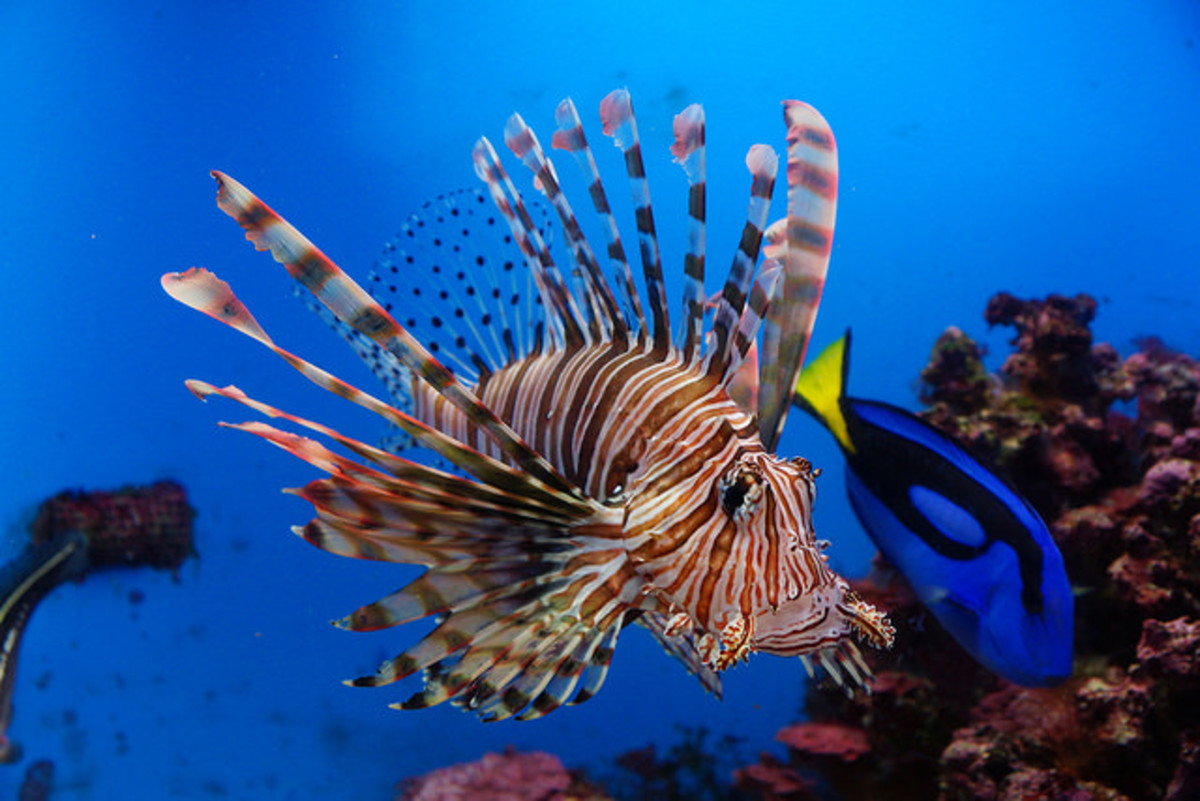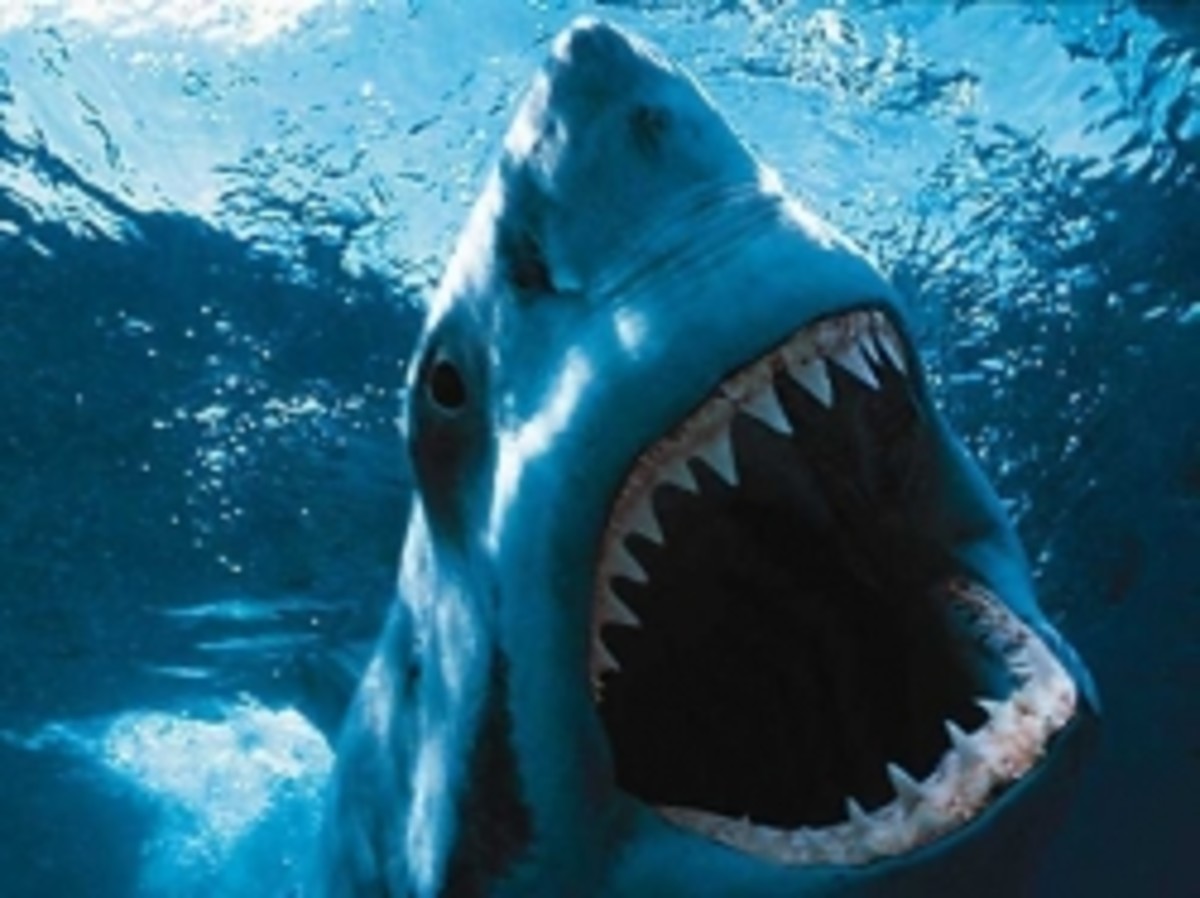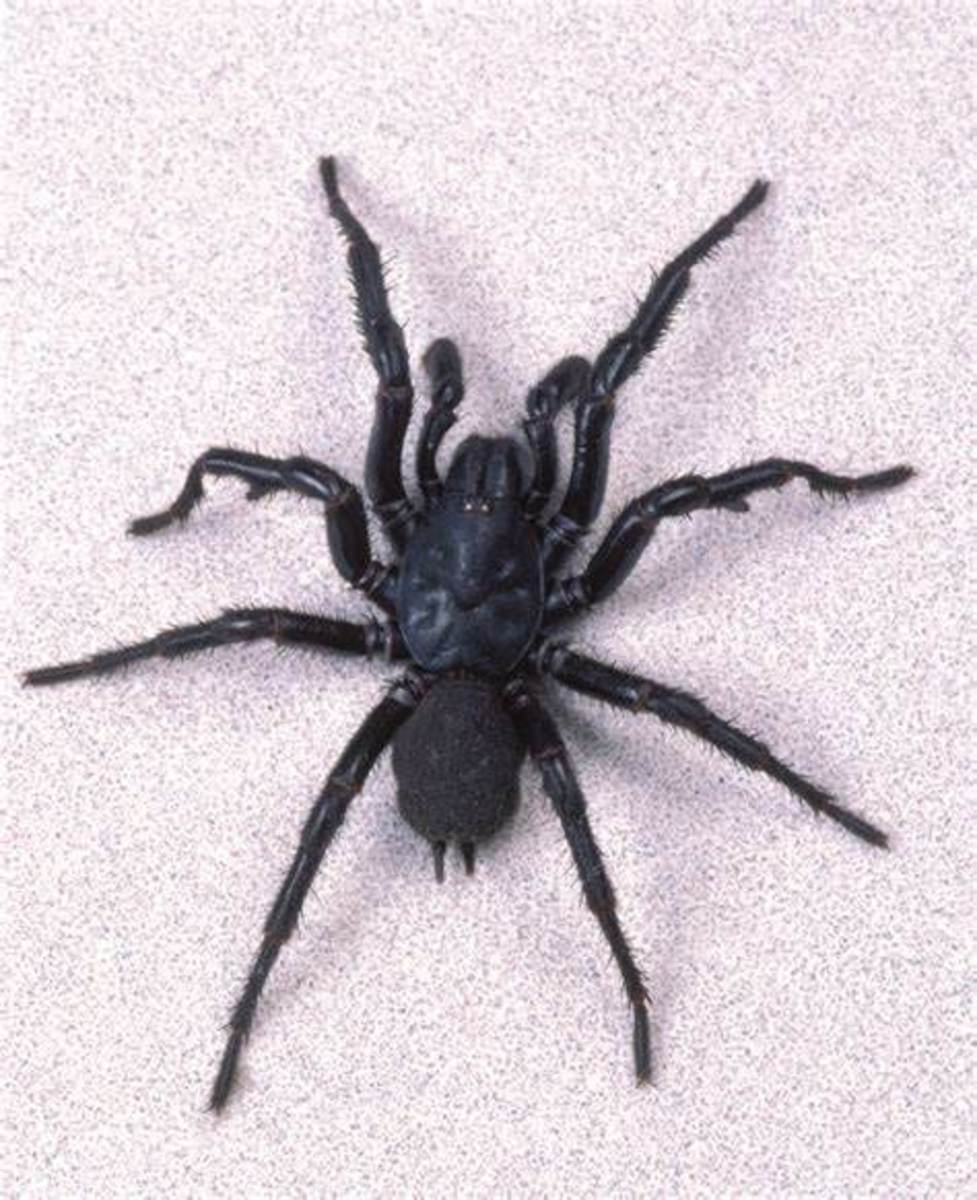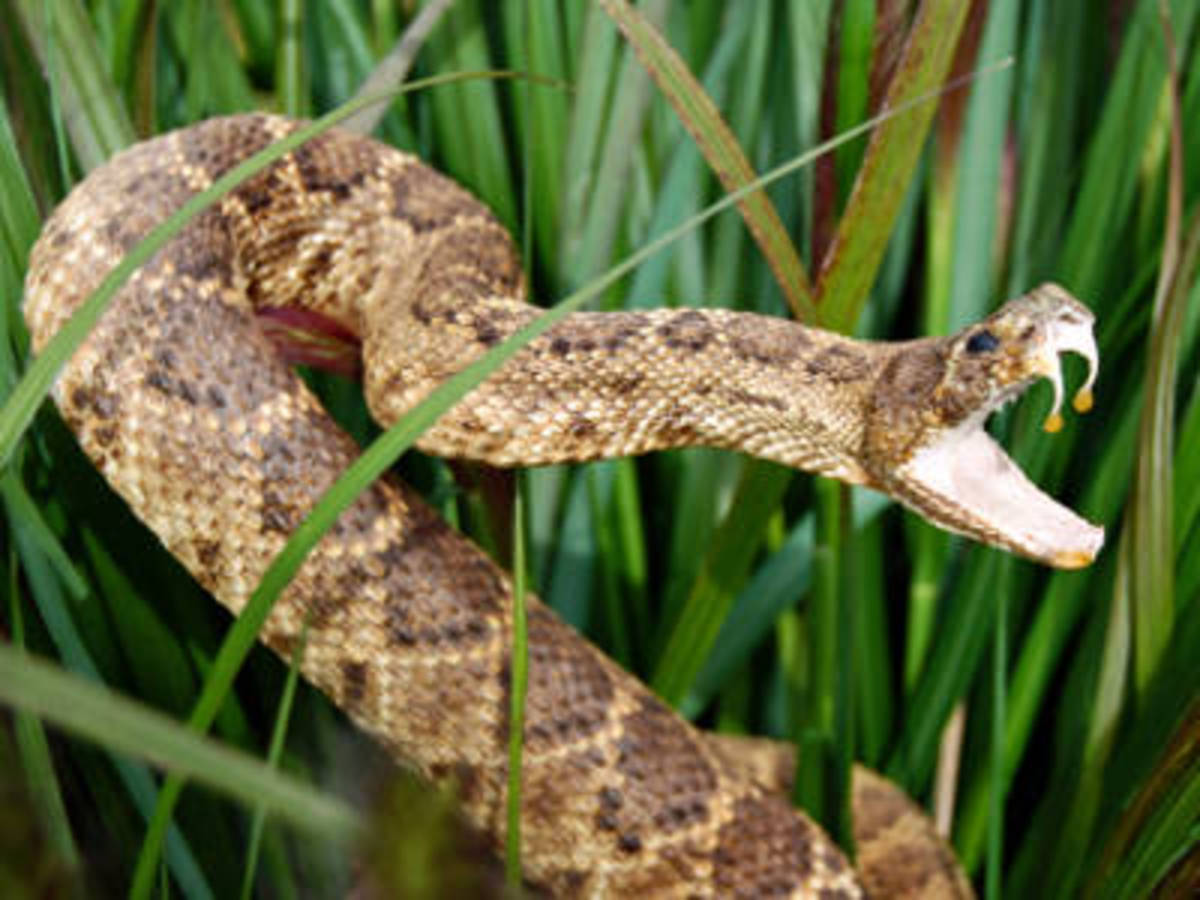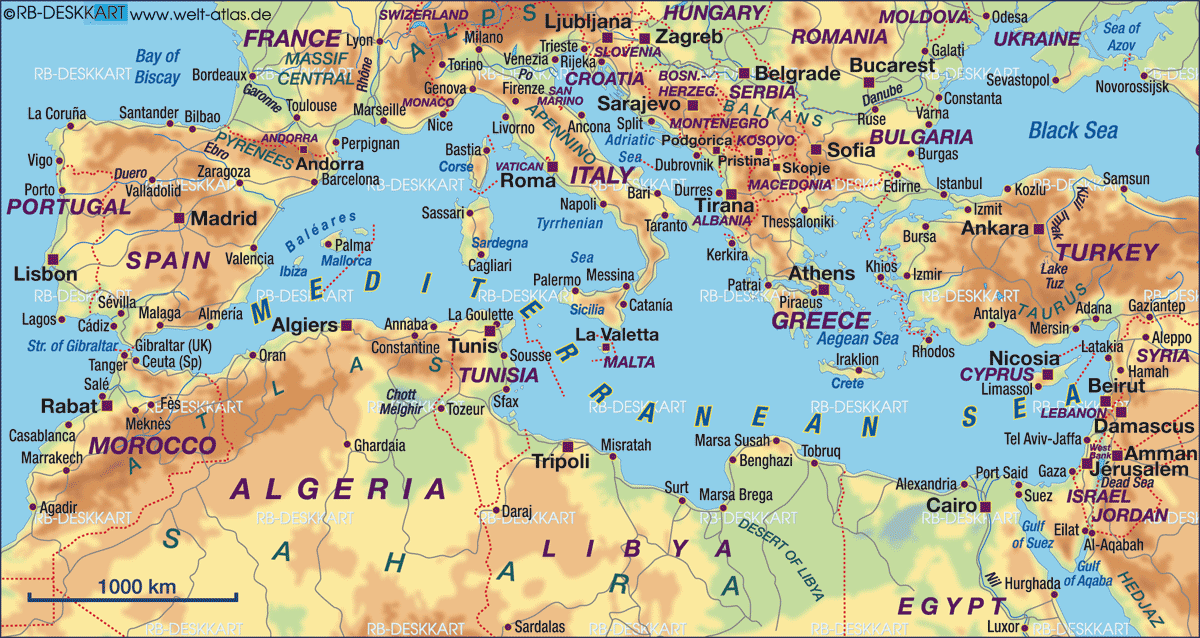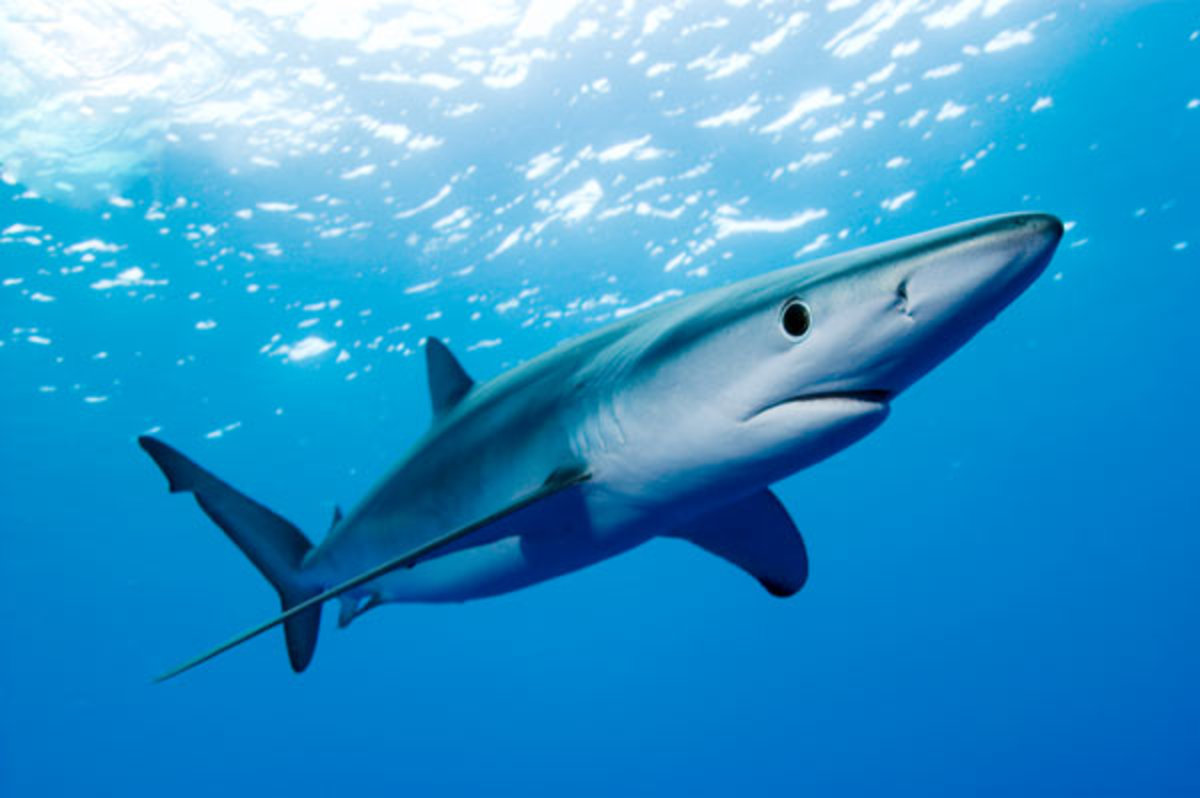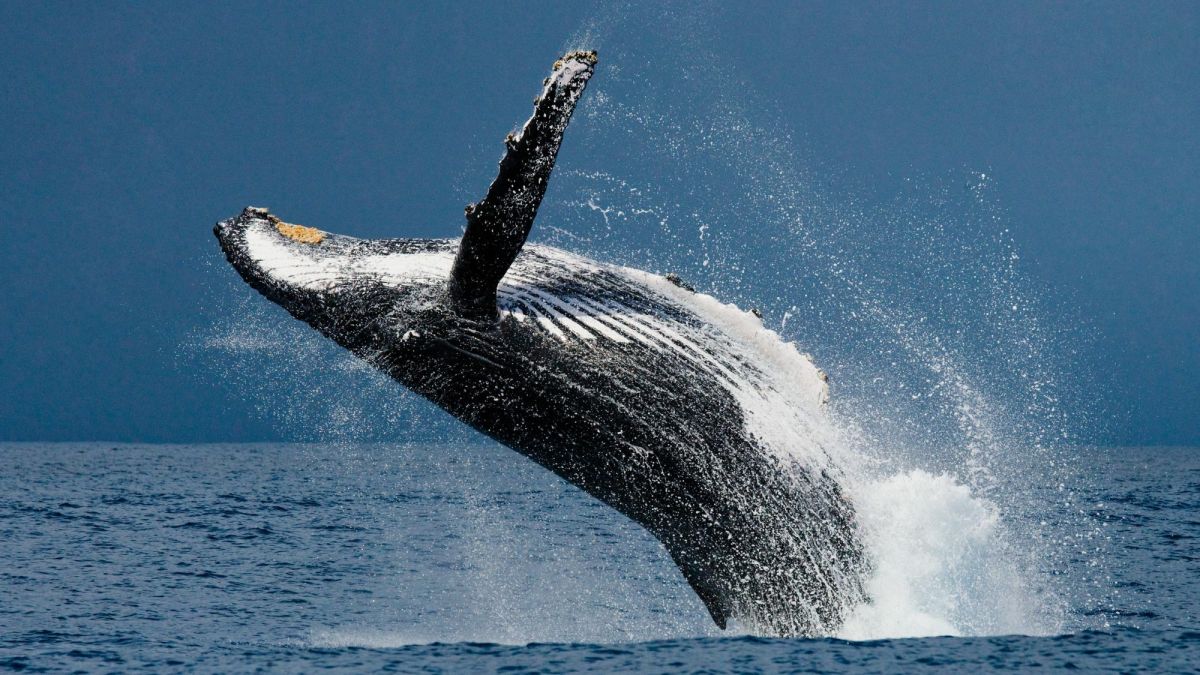- HubPages»
- Education and Science»
- Life Sciences»
- Marine Biology»
- Marine Life
Dangerous Fish and Invertebrates
The oceans occupy approximately 66% of the earth’s surface. Because humans have only explored less than 15% of the ocean surface, most of the oceans’ creatures remain unfamiliar to humans. For this reason, people ought to be cautious with unfamiliar and strange creatures of the sea. There are several species of venomous fish and invertebrates and almost all live in sea water. All of these creatures are capable of injecting poisonous venom through their fins, tentacles, or bites. Their venoms trigger excruciating pain and therefore are life-threatening. If injured by one of these fish or invertebrates, treat the injury as for snake bite.
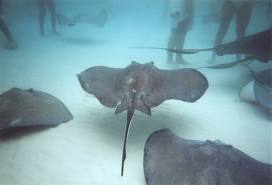
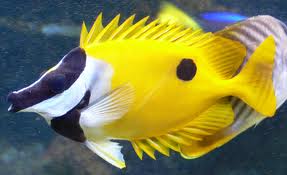
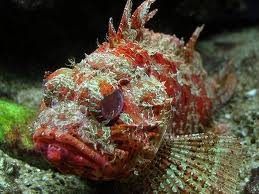
Venomous Fish
Stingrays
Stingrays inhabit shallow water, especially in the tropics and in temperate regions as well. All possess a unique ray shape but coloration could make them difficult to identify unless of course they are swimming. The venomous, spiked spines within their tails may cause serious or critical injury.
Rabbitfish
Rabbitfish are found predominantly on the reefs in the Pacific and Indian oceans. There are about 30 centimeters long with very well-defined spines in their fins. The spines are venomous and may cause intensive inflammation.
Scorpion fish
Scorpion fish or zebra fish live mainly in the reefs in the Pacific and Indian oceans. They vary from 30 to 90 centimeters in length and are usually reddish in color, with long, wavy fins and spines. They cause an extremely agonizing sting. Some species of scorpion fish can change colors to match with their surroundings.
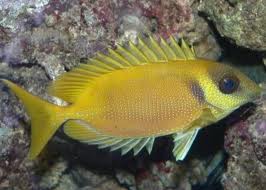
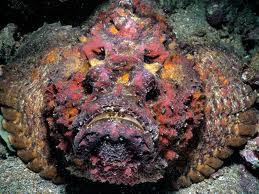

Siganus fish
The siganus fish is small, about 10 to 15 centimeters long, and looks quite similar to a small tuna fish. This fish usually travels in large schools along the reefs and harbors. It has venomous spines rolling around in its dorsal and ventral fins. These spines can cause a lot of pain to humans, so beware of it if seen.
Stonefish
Stonefish live in the tropical waters of the Pacific and Indian oceans. They can also be found in Australian waters. Averaging about 35 cm long, their subdued colorations and irregular form give them excellent camouflage, resembling to that of ocean corals and encrusted rock. When stepped on, the fins within the dorsal spine cause a really unpleasant pain and quite often lethal wound.
Surgeonfish
Surgeonfish average 20 to 25 centimeters in length, with a deep body, small mouth, and bright coloration. They possess needlelike spines along the side of the tail that can cause extremely painful wounds. This species of fish can be found in all warm and tropical waters.
Stonefish
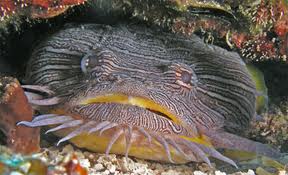
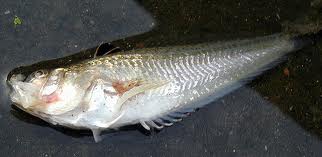
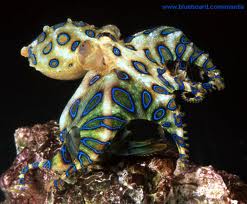
Toadfish
Toadfish are found in the tropical waters off the coasts of South and Central America. Their length is between 17.5 and 25 centimeters long and have a dull color and large mouth. They hide themselves inside the sand and could easily be stepped on. They have well-defined, extremely harmful spines on the dorsal fin.
Weever fish
The weever fish is a tropical fish that is fairly slim and about 30 centimeters long. It usually buries half of its body in shallow water. All its fins have venomous spines that can cause an excruciating wound in the first two hours after getting stung. If not treated, the pain can last up to a period of two weeks.
Blue-ringed octopus
This small octopus is usually found on the Great Barrier Reef off eastern Australia. Its appearance is usually grayish-white with iridescent glowing blue ringlike marks. This octopus will only bite when it is stepped on or handled. When it feels threatened, the blue ring shapes on its body become bright as a sign for predators to back off. The bite is extremely poisonous and most of the time lethal.
Blue ringed octopus pretty colors
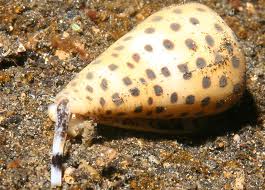
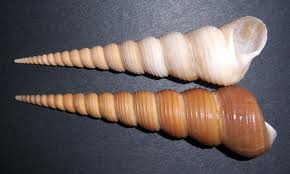
Cone shells
These cone-shaped shells have smooth, colorful mottling and long, narrow openings in the base of the shell. They live under rocks, in crevices or coral reefs, and along rocky shores of protected bays in tropical areas. They all have tiny teeth that are much like hypodermic needles. They are capable of injecting an extremely poisonous venom that acts very quickly, causing acute pain, paralysis, blindness, swelling, and possibly death within hours.
Terebra shells
These shells are found in both temperate and tropical waters. They are quite similar to cone shells but they are much longer and thinner. They poison in the same way as cone shells, but the venom is not as poisonous.
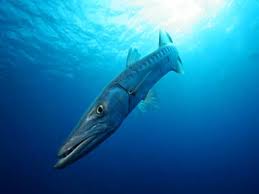
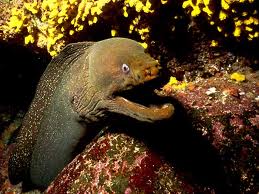
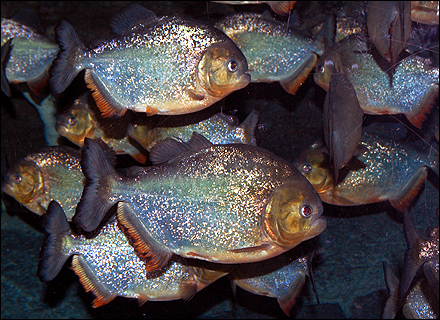
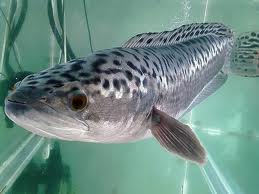
Ferocious Fish
Barracuda - Usually found in temperate and tropical regions like the Caribbean, the Atlantic and the Pacific. Barracudas are powerful fish with a large mouth and very sharp teeth. They can grow somewhere between 1.2 meters to 1.8 meters. They eat mainly smaller fishes like anchovies and grunts. They are easily drawn to shiny or reflective things which look like dinner to them.
Moray eel - A snakelike fish with scaleless body is known to be aggressive and dangerous in nature. It is a colorful fish ranging from black, sandy yellow, chocolate brown and scarlet blue. The fish varies in length, between 25 centimeters to 3 meters. Some species can produce a type of toxin from their mucous membrane. Moral eel can be found in warm and tropical regions.
Piranha - Not all piranhas pose danger to humans. There are 4 out of 20 species of piranha that are considered dangerous and they are the red-bellied piranha. The rest of the species are mostly harmless and docile. They can grow up to 6 inches in length when they become adults. Most species of piranhas can be found in the Amazon River. Adult piranhas usually hunt in groups; they will eat other fish and weak animals who try to drink water from the river. They are well known for their sharp razor teeth which are perfectly designed to bite and eat their prey within minutes if they are underfed.
Snakehead fish - Originally from mainland China, snakeheads have been discovered in Florida, California and Maryland. Due to their adaptability in a wide range of environmental conditions and temperatures, they possess great threat to native fish population and the ecology of the region. The young feed on zooplankton but as they get older, they switch to larger food such as fish, frogs, small reptiles, birds and mammals. They can survive up to four days without water and can survive even longer in the mud. They can be found in swamps, vegetated ponds and slow-moving streams. This fish is considered a top-level predator!


